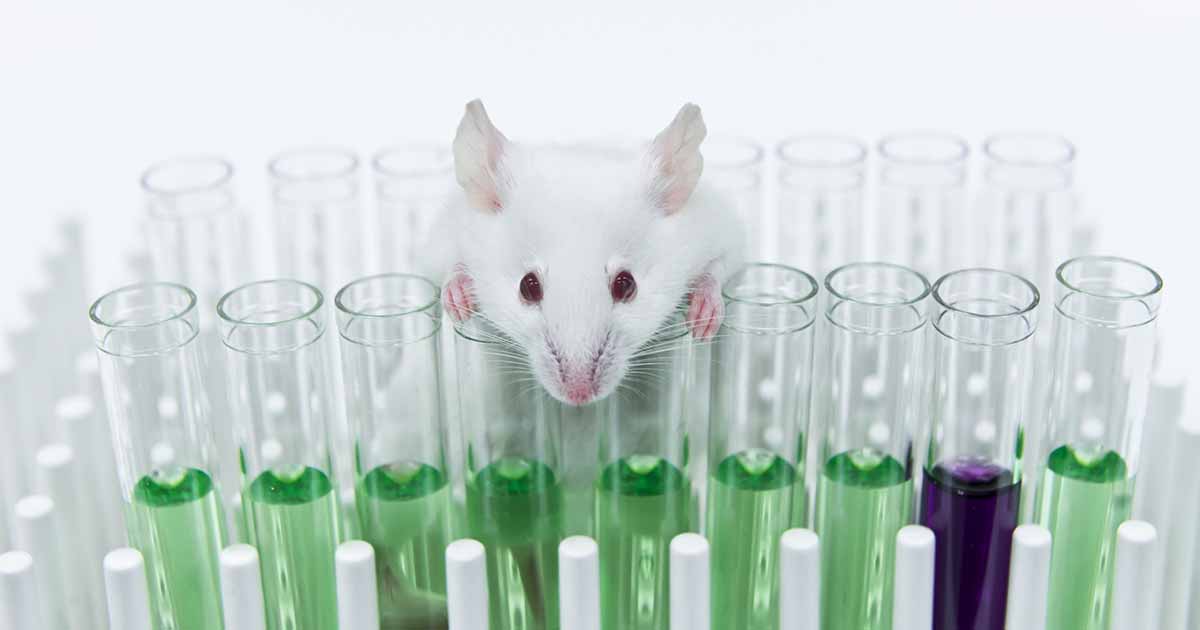Animal Models to Study Association Between Epilepsy and Autism Spectrum Disorders (ASD)

Epilepsy News From: Monday, May 21, 2018
Epilepsy, autism, and neurodevelopment: Kindling a shared vulnerability? Gilby KL & O'Brien TJ. Epilepsy & Behavior 26 (2013): 370-374.
Purpose
- Epilepsy can be associated with mood disorders such as anxiety and depression. These accompanying conditions are called comorbidities and can negatively affect quality of life.
- Epilepsy may have a strong association with autism spectrum disorder (ASD). A previous epilepsy.com article talks about potential underlying mechanisms that could explain the relationship of ASD and epilepsy, as well some biomarkers that could lead to getting treatment sooner.
- The review summarized here discusses the future of basic science research related to epilepsy and ASD.
- ASD and epilepsy can co-occur in as many as 30% of individuals.
- However, this percentage is not very clear, because the diagnostic criteria for ASD and knowledge about types of epilepsy are still evolving.
- Another issue with calculating percentages of the comorbidity is that some conditions, such as intellectual disability and tuberous sclerosis, can affect the results.
- Animal models of epilepsy involve injecting a substance called a “chemoconvulsant” into experimental animals with the aim of counting and characterizing seizures. Animal models of ASD usually involve measuring social and repetitive behavior in genetic animal models.
Summary of Review
- Animal models that simulate the comorbidity between ASD and epilepsy are sorely needed. However, there are certain issues with this, such as:
- A lack of understanding regarding mechanisms underlying ASD and epilepsy.
- Both ASD and epilepsy can be strongly impacted by the environment. This is something that can be difficult to simulate and replicate successfully.
- While ideally it would be great to look at both seizure count and behavior, there are challenges associated with using experimental animals to do this. For example,
- Both rats and mice have been used for research regarding ASD and epilepsy. However, for behavioral studies (as in the case of ASD), rats may be slightly more useful given their range of behavior and because of their similarity to human physiology.
- It may be necessary to adopt a reductionist approach and prioritize seizure counts over behavioral analysis (which is a bit more subjective).
What does this mean?
- There is quite a bit more work that needs to be done to figure out basic questions, such as:
- Why do ASD and epilepsy co-occur?
- What can we do to stop or address this comorbidity?
- Are there shared mechanisms in place?
- Research to identify biomarkers of the comorbidity between ASD and epilepsy (such as this study) will be necessary. These studies are promising since the results will allow treatment before neurobiological events take place. This could prove to be revolutionary in the treatment and management of this comorbidity.
- A database of animal models of ASD and epilepsy will be useful to keep track of the basic science progress being made.
- This database could have a checklist with all relevant behavioral endpoints. The animal models can be ranked based on their applicability to humans.
- One can envision that the model with greatest similarity to the human condition could be used in the future to test drugs and therapies.
Article published in Epilepsy & Behavior, February 2013.
Authored by
Sloka Iyengar PhD
Reviewed by
Joseph I. Sirven MD
Reviewed Date
Monday, May 21, 2018
